Six months ago, a global manufacturer came to Power-FY with a challenge:
They had Microsoft 365, Power Platform, Azure… but their AI initiatives were scattered, pilot-bound, and siloed.
What they needed wasn’t another proof of concept. They needed a strategy.
A roadmap.
A way to go from Copilot curiosity to enterprise-grade AI transformation.
This is the story of how CIOs can lead that journey.
Chapter 1: The Wake-Up Call
The company’s CIO realized the disconnect during a quarterly review:
“We have five different teams experimenting with Copilot, but no consistency. No governance. No metrics.”
The excitement was real. So was the chaos.
Each department was spinning up their own Copilot agents: HR built one for onboarding, Finance had one summarizing reports, and Customer Service tried a chatbot for FAQs. But there was no shared framework, no visibility across silos, and no alignment with business goals.
The CIO asked Power-FY to step in—not just as implementers, but as strategic advisors.
Chapter 2: The Strategic Reset
We started by asking one question:
“What does success look like with Copilot for your enterprise?”
It wasn’t about automating tasks. It was about enabling intelligent systems that:
- Reduce human friction
- Enhance decision-making
- Operate within a secure, governed framework
We built a four-phase roadmap to enterprise-grade Copilot adoption:
Phase 1: Discover & Align
Goal: Build executive awareness, assess readiness, and identify opportunities.
Key activities:
- Run an AI vision workshop with CxOs and key leaders
- Map current use cases and tech capabilities
- Identify quick wins and strategic AI priorities
Outcome:
A shared understanding of how Microsoft Copilot aligns with business goals, and where it can deliver enterprise value.
Phase 2: Govern & Secure with Microsoft Copilot
Goal: Establish an AI governance framework that enables scale without compromising control.
Key activities:
- Define policies around data access, agent behavior, and user roles
- Integrate Microsoft Purview for compliance
- Implement role-based access control for Copilot Studio
Outcome:
Confidence. CIOs and CISOs sleep better knowing agents are accountable and compliant.
Phase 3: Build & Scale with Microsoft Copilot
Goal: Enable departments to build Copilot agents within a governed sandbox.
Key activities:
- Launch a Copilot Center of Excellence (CoE)
- Train business units on prompt engineering and low-code tools
- Build reusable agent templates (e.g., for onboarding, reporting, service tickets)
Outcome:
Empowered teams + guardrails = scalable innovation.
Phase 4: Measure & Optimize
Goal: Ensure Copilot drives measurable impact and improves over time.
Key activities:
- Define KPIs (task reduction, agent accuracy, satisfaction scores)
- Use telemetry to refine agent logic
- Run monthly CoE reviews and feedback loops
Outcome:
Copilot becomes a living, learning part of the enterprise ecosystem.
Chapter 3: The Results
In less than 90 days:
- The HR agent reduced onboarding time by 40%
- Finance saved 60+ hours/month in manual reporting
- A single IT support agent resolved 65% of tickets autonomously
But more than metrics, the real win was momentum.
Teams no longer feared AI. They embraced it—because they had the strategy, tools, and support to do it right.
Chapter 4: Your Turn
As a CIO, CTO, or IT leader, your Copilot strategy can’t just be about features.
It must be about intentional innovation:
- Aligning with business goals
- Securing enterprise data
- Scaling with governance
- Measuring what matters
Because without a roadmap, Copilot is just a toy. With one? It’s your digital workforce.
At Power-FY, we help CIOs turn Copilot from a buzzword into a business asset.
It starts with a conversation.
Let’s chart your roadmap.
To know more about our Power Platform consultancy services and how we can help you , get in touch with us











